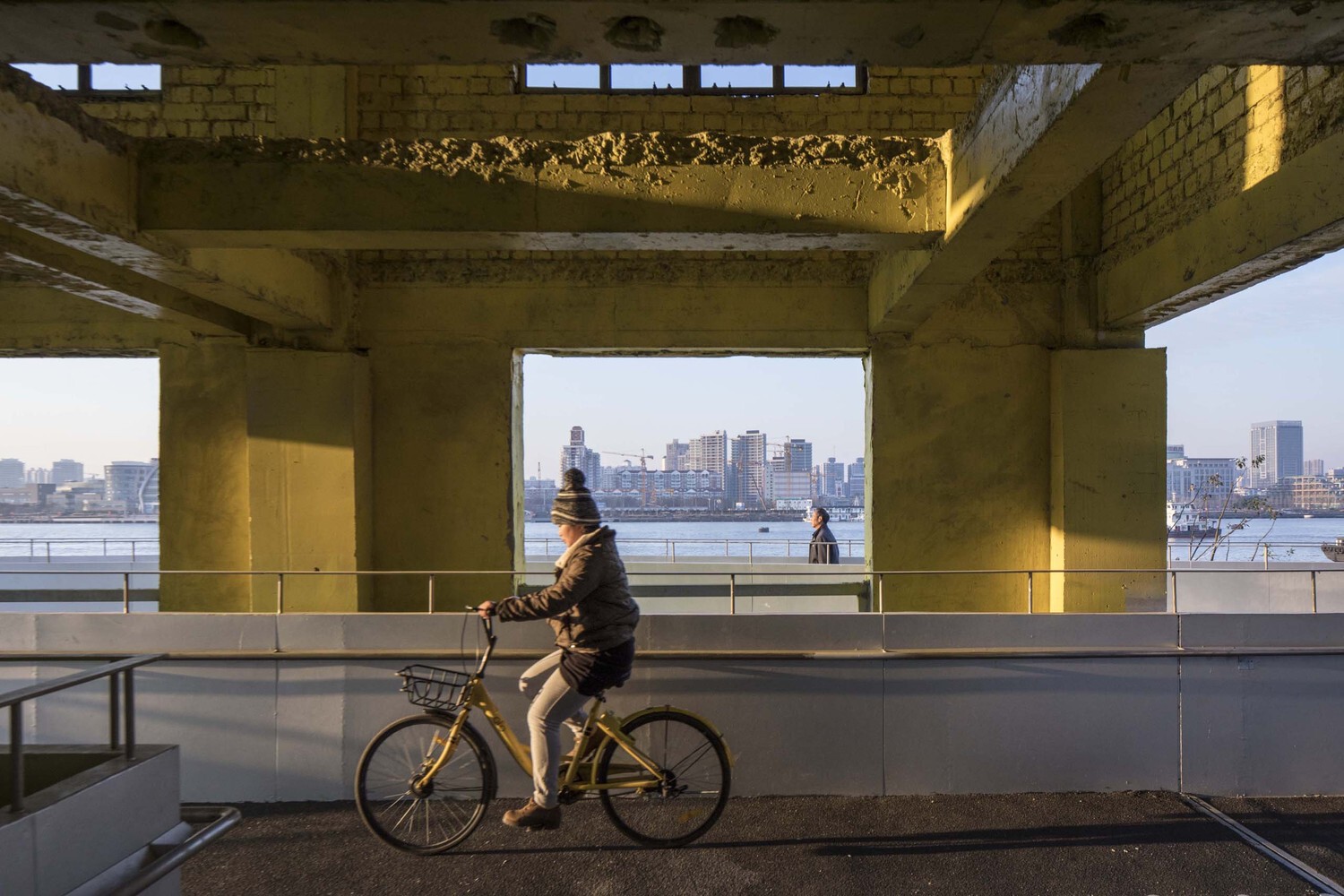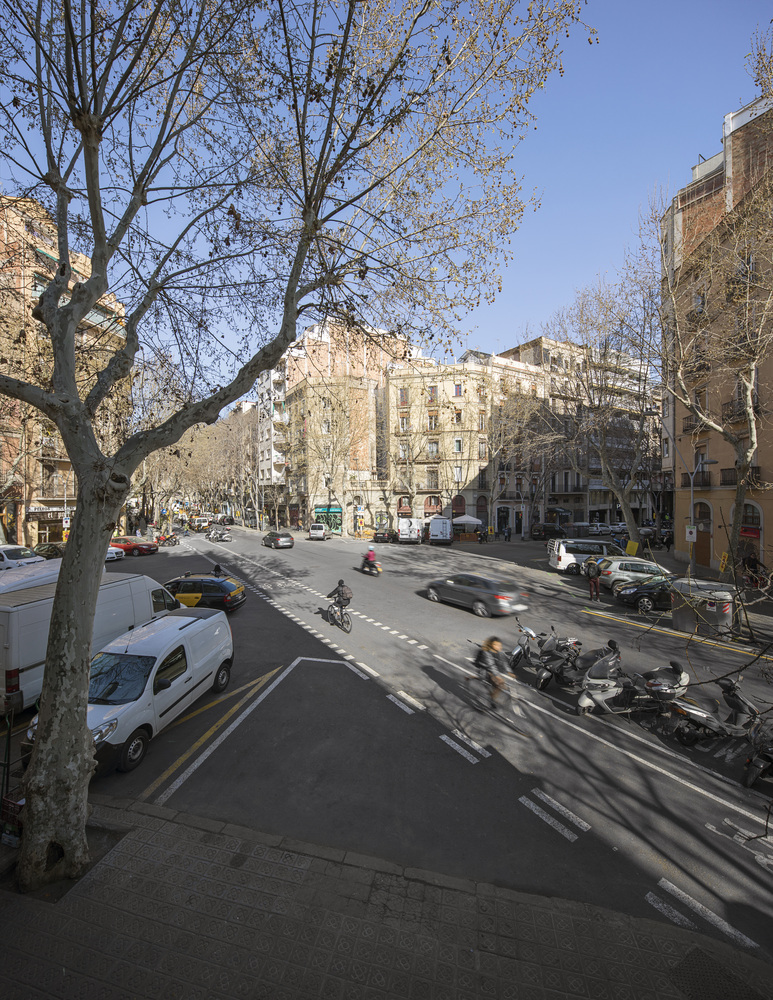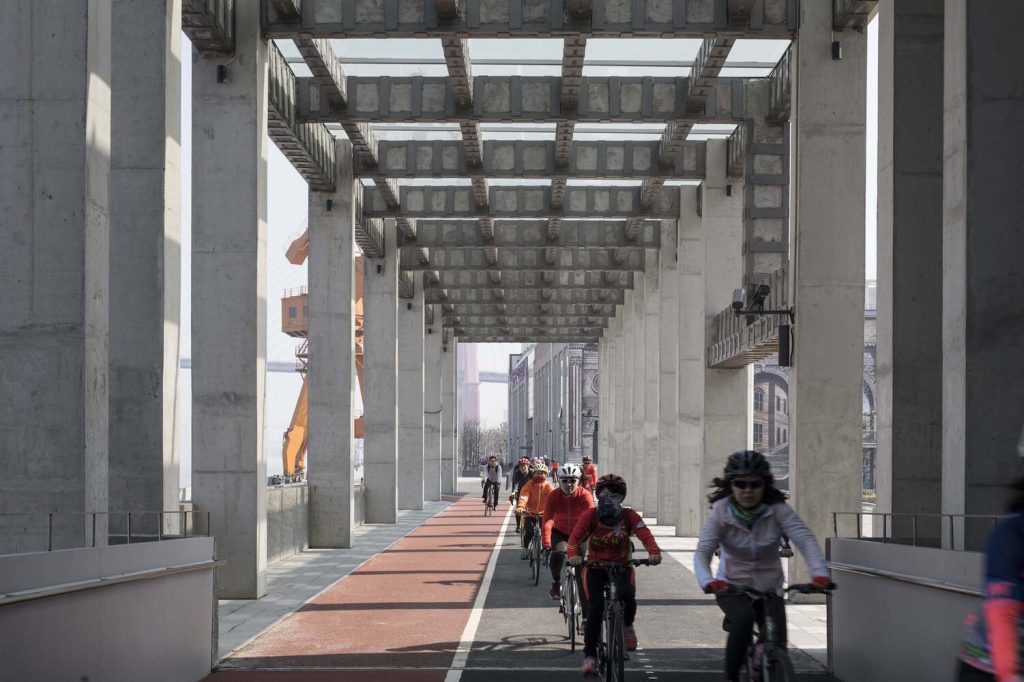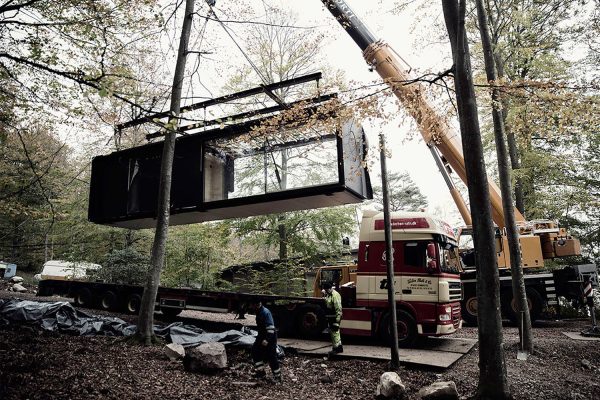
Cities are deeply ingrained in the fabric of human history, yet we seldom pause to ponder why we inhabit them or what drives us to congregate in urban areas. Brazilian architect Ciro Pirondi suggests that our affinity for cities stems from our desire for social interaction, while Paulo Mendes da Rocha views the city as “the ultimate masterpiece of architecture.” Indeed, cities are the worlds we construct for ourselves—vast collective endeavors, rich with layers of stories, achievements, and losses.
Since 2007, Earth has been predominantly urban, with projections indicating that by 2050, 70% of the global population will reside in cities. In the years ahead, we anticipate a proliferation of megacities—those with over 10 million inhabitants—primarily in Asia and Africa, often in nations still undergoing development. Such forecasts raise critical questions about sustainability and climate change, challenges inexorably intertwined with urbanization. They also prompt inquiries into how cities can ensure a high quality of life for their residents and how they can flourish and evolve in less-than-ideal circumstances.
How can urban spaces benefit their inhabitants, and conversely, how can residents contribute to the vitality of their cities? As historic city centers undergo transformation and modernization, peripheral areas will require new residences, public amenities, and robust infrastructure. How can this process foster smarter urban environments, leveraging existing technologies to creatively and efficiently serve their populations?

“The global urban population is projected to increase by 63% between 2014 and 2050, outpacing the overall population growth of 32% during the same period. This rapid expansion is most pronounced in megacities, with over 20 million inhabitants, primarily located in developing nations. Such a trajectory presents unprecedented sustainability challenges [1]. As new technologies, demands, and lifestyles emerge, adapting how we live, consume, move, and construct and reconstruct our cities is paramount in addressing the myriad challenges facing humanity. In an era increasingly preoccupied with climate change, each of these tasks assumes a critical role. According to the Smart Sustainable Cities: Reconnaissance Study, cities account for 67% of global energy demand and consume 40% of all energy. Moreover, urban centers contribute to 70% of global greenhouse gas emissions, exacerbating climate change and increasingly bearing the brunt of natural disasters. Cities also serve as epicenters for social tensions stemming from growing inequality, unemployment, air and water pollution, congestion, violence, and crime. Nonetheless, they offer significant opportunities for economic growth, as 80% of the world’s gross domestic product is generated in urban centers, with their inhabitants generally enjoying higher incomes.”

Cities also exhibit vast inequalities. Currently, over 1 billion people reside in informal urban settlements, commonly known as slums. These areas, characterized by small and precarious housing units, lack adequate infrastructure and are primarily inhabited by impoverished individuals. Unsafe or unhealthy living conditions, limited access to basic services like water and sanitation, overcrowding, and insecure land tenure are realities for approximately one-sixth of the global population, with 80% residing in three regions: East Asia and Southeast Asia (370 million), Sub-Saharan Africa (238 million), and Central and South Asia (227 million). Furthermore, an estimated 3 billion people will require adequate and affordable housing by 2030, with housing remaining a critical issue, particularly in developing nations. Christophe Lalande, a UN Habitat expert, underscores the significance of housing as a gateway to economic, social, and cultural inclusion. He emphasizes the importance of housing being inherently sustainable, providing stable and reliable living conditions over the long term—especially crucial for migrants, as access to adequate housing is fundamental for effective integration.
It’s imperative that the housing issue isn’t solely addressed quantitatively, as is often the case with many governments. Housing must be integrated into the fabric of the city, situated in proximity to employment opportunities, transportation, and other urban amenities. Isolated housing developments within cities have repeatedly proven to be suboptimal solutions. Additionally, creating healthier and more comfortable buildings for an increasingly urban global population, which spends 80% of their time indoors, is essential. This becomes even more apparent in the wake of the COVID-19 pandemic, where housing had to accommodate new functions such as providing study spaces for children and workspaces for adults.

Constructing or renovating buildings to foster positive impacts on the well-being of occupants and minimize environmental footprint throughout their lifecycle presents a significant challenge. “This entails devising solutions that enhance thermal, acoustic, and visual comfort for occupants, as well as improve indoor air quality, all while reducing energy consumption. These solutions must also prioritize the conservation of natural resources and the reduction of carbon footprints, achieved through factors such as decreased weight, increased recycled material content, and enhanced recycling capabilities at the end of their lifespan. Additionally, they should pose no health or safety risks to construction teams. Achieving these goals relies heavily on innovation, which must not only address these challenges but also drive significant improvements in our procurement and manufacturing processes.”

Furthermore, prioritizing materials suitable for specific uses and locations, along with adopting cleaner and waste-free construction methods like modular buildings, should become standard practice rather than the exception. Densification, where feasible—particularly in areas with adequate infrastructure—coupled with the deployment of multifunctional buildings that blend residential, commercial, recreational, and work spaces, as well as diverse income ranges, can contribute to more compact cities with reduced transportation needs. It’s also time to reassess established norms, a process catalyzed by the COVID-19 pandemic. Do we truly require such expansive office spaces now that remote work has proven viable? Were all our daily commutes truly necessary?

It’s widely acknowledged that civil construction consumes vast amounts of resources, plays a pivotal role in carbon emissions (contributing to the greenhouse effect felt in cities), and generates significant solid waste on a daily basis. When considering carbon emission reduction and waste minimization, addressing the construction industry is imperative. Our current economic model adheres to a linear ‘extract-transform-discard’ approach, but a circular economy presents opportunities to reimagine production and consumption methods, fostering long-term prosperity. However, embracing circular principles must extend beyond construction.
Turning back to cities, a myriad of challenges come to light: food production and distribution, water management, electricity consumption and generation, transportation, and beyond. Cities are voracious entities, consuming vast quantities of resources, food, and energy, while also generating wealth and knowledge alongside waste and pollution. This equation is detrimental to the earth’s ecosystems, and the impacts of climate change are already being felt.

In recent years, there has been considerable discussion about smart cities that optimize infrastructure and governance to enhance citizen involvement in service management. This entails the use of sensors, systems, and applications to collect diverse data, which can then be analyzed to inform decision-making across various sectors such as mobility, healthcare, water and energy management, housing, waste management, and sanitation, among others. Cloud-based Internet of Things (IoT) applications play a key role in receiving, analyzing, and managing data to assist local governments, businesses, and citizens in making informed decisions aimed at enhancing their quality of life. This concept evokes the notion of networked urbanism, where pervasive monitoring and feedback enable the development of more sustainable and productive cities.
“While smart cities leveraging digital technologies are seen as potential solutions to the population pressures experienced by many cities in developing countries and can help meet the growing demand for services and infrastructure, the considerable financial costs of maintaining infrastructure, the sizeable informal economies, and various governance challenges are tempering governmental enthusiasm for smart city initiatives” [3]. However, while we can envision technologically advanced cities in affluent settings integrating technology into daily life, this idea appears somewhat idealistic when considering the vast populations lacking access to adequate living conditions. This begs the question: could technology serve as an ally in addressing such inequalities and improving the quality of life for all populations?

Some researchers argue that Smart City initiatives have the potential to address the shortcomings of traditional urban development, which often manages urban infrastructure systems in isolation, lacking integration among responsible stakeholders. “Leveraging the decentralized nature of data and services provided by digital technologies, such as cloud computing, Internet of Things, or open data, enables the connectivity of various city stakeholders, enhances citizen engagement, introduces new and enhances existing services, and provides contextual information. However, the development of Smart Cities is inherently complex, challenging, and context-specific. Challenges include differing discourses between technologists and policymakers, a lack of capacity to align urban sustainability challenges with viable solutions, and pressures on social and territorial cohesion necessitating unique governance approaches” [4]. Researchers in the field concur that these technologies prove most effective when the entire population participates and comprehends their significance. This presents an even greater challenge in impoverished areas.

Could technology be the salvation of our cities, rendering them sustainable, equitable, and, above all, enjoyable to inhabit? Certainly, but never in isolation. As researchers Si Ying Tan and Araz Taeihag [3] highlight, the substantial financial burden of maintaining infrastructure and the significant scale of informal economies in developing nations pose unique challenges to the aspirations of smart cities that must be addressed. Moreover, prioritizing technology as the cornerstone of smart city development without aligning it with public values or fully understanding the extent of basic citizens’ needs could relegate smart cities to mere ‘white elephants’. The study concludes that the realization of smart cities in developing countries necessitates concurrent socioeconomic, human, legal, and regulatory reforms integrated into long-term development trajectories. Contextual factors—including the state’s social development, economic policies and financial resources, technological literacy, citizen willingness to engage in smart city development, and cultural nuances—are pivotal for the advancement of smart cities in developing regions.
The urgency of global warming, the strain on Earth’s resources, and the mounting waste crisis underscore the imperative to overhaul how we conceive, produce, and distribute goods and services. They also lay bare the inefficiencies of many of our cities. Urban centers can be viewed as both contributors to and solutions for climate change. Perhaps this is a rallying point around which the global community is beginning to coalesce. History demonstrates that urban centers can reinvent, evolve, thrive, or decline. Taking energy and resource usage seriously and, crucially, ensuring a high quality of life and equitable access to urban amenities are imperative. Technology can be a pivotal tool, provided it serves the collective good.


